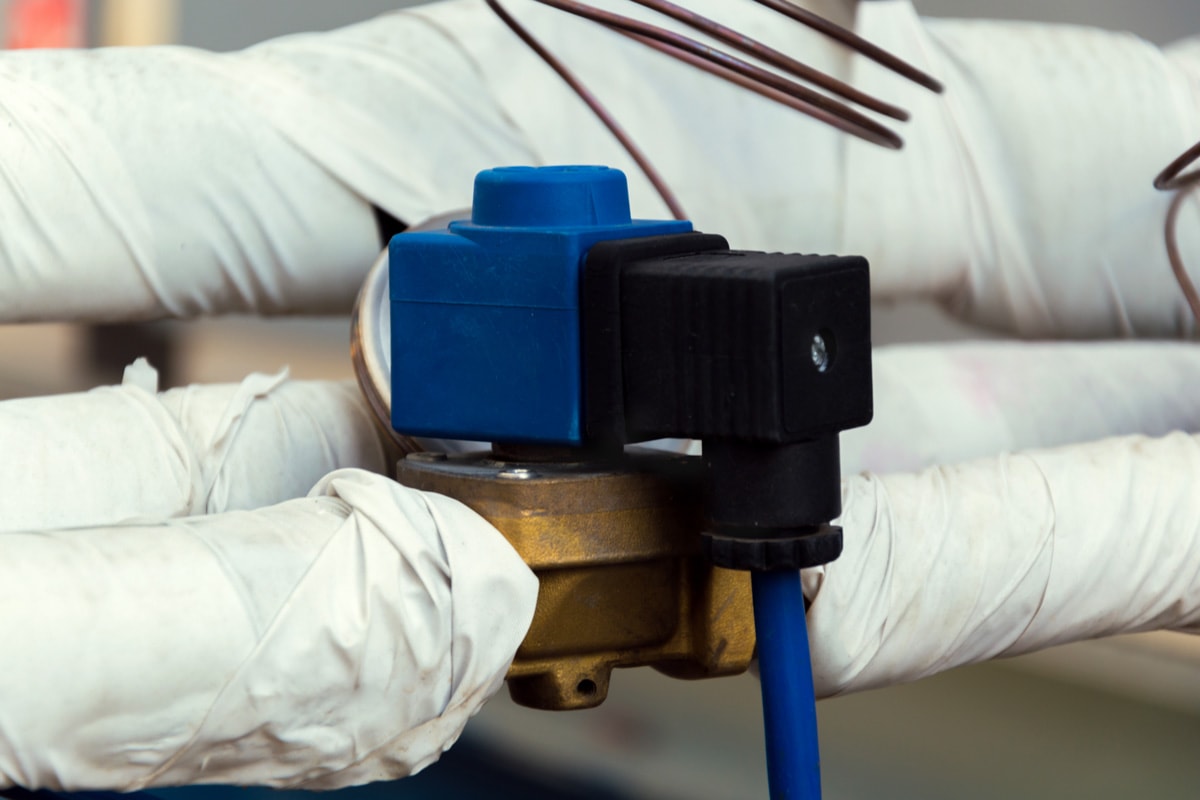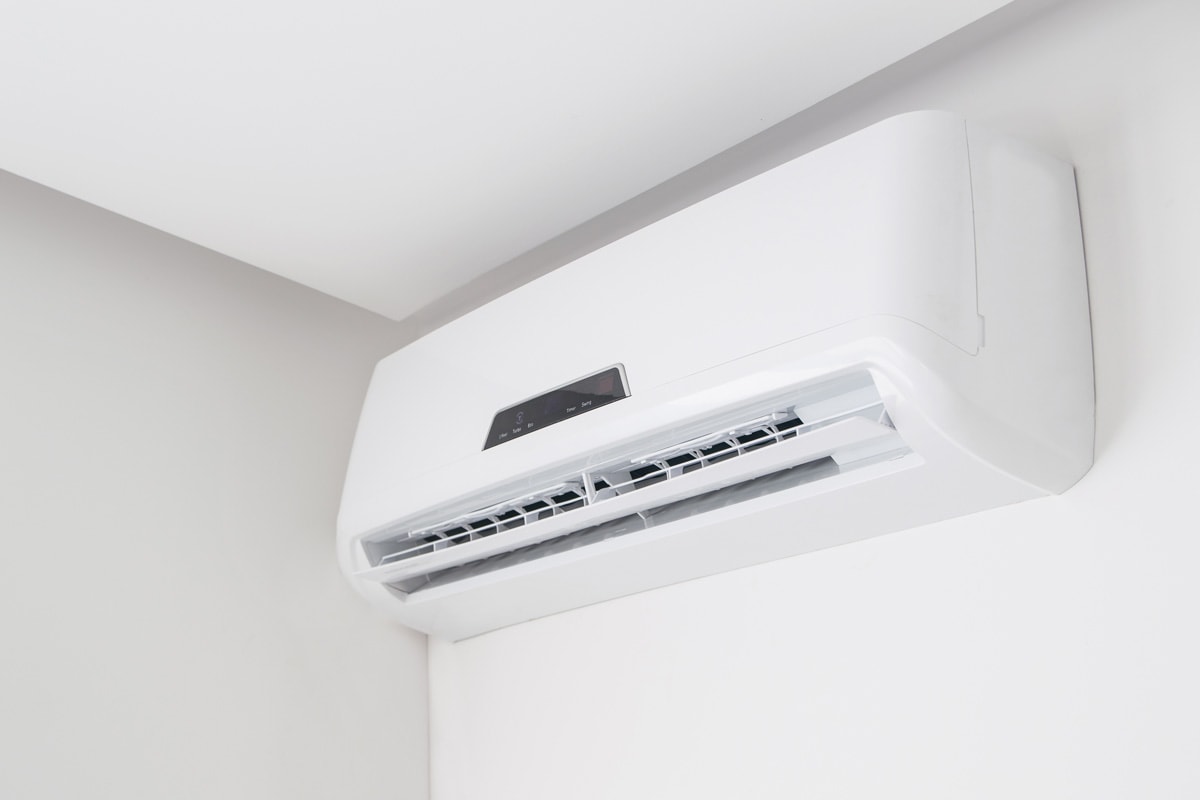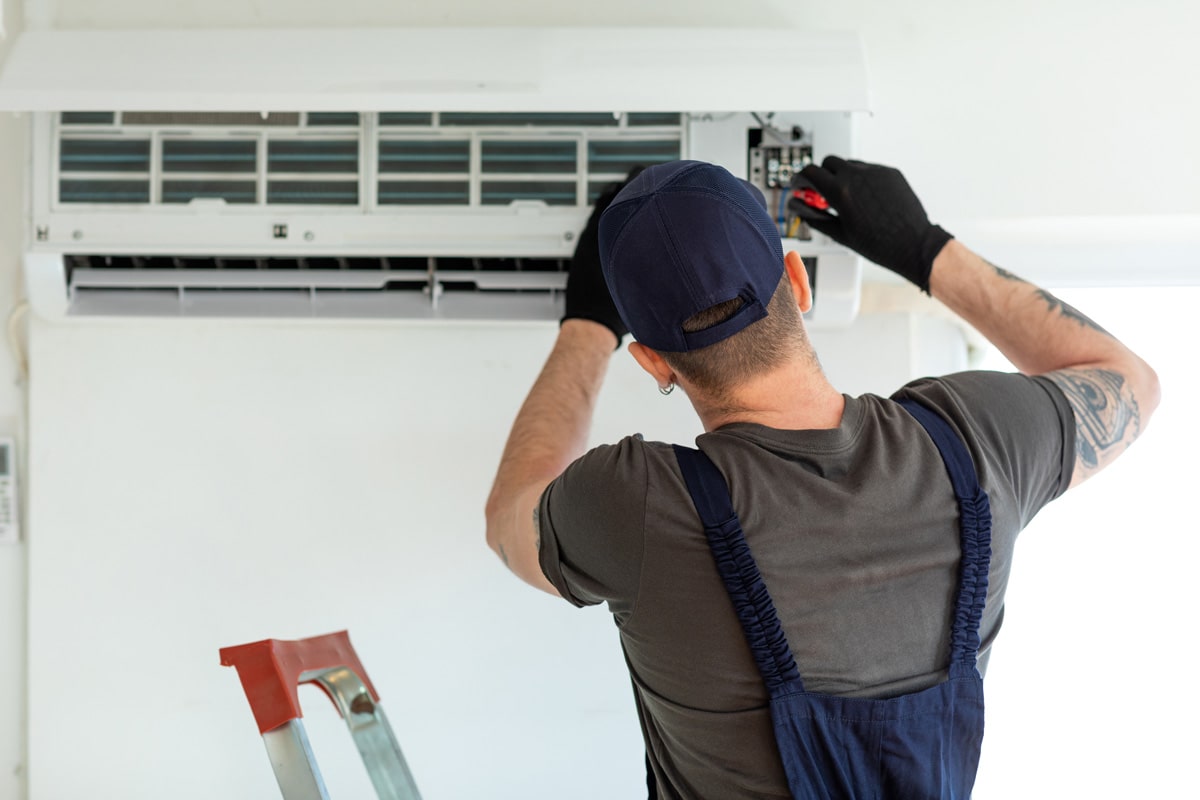Knowing and learning about air conditioner parts such as the Thermal Expansion Valve (TXV) helps to understand and diagnose problems you might encounter. You may be curious, when is it necessary to install it? Here is what we discovered after researching this subject for you.
When the effectiveness of your AC has deteriorated, you will need a TXV. It will control the refrigerant flow in the evaporator, increasing the AC's effectiveness.
Now, let's discuss what a TXV does, its benefits, and how it works. We'll also talk about where a TXV is located and how much it costs to install one. So keep reading!

What Is A Thermal Expansion Valve (TXV)?
Your air conditioning system's TXV is a metering component used to control refrigerant flow into the evaporator. It modifies the flow based on the cooling demand to maintain the proper refrigerant level in the evaporator.
High-pressure liquid refrigerant enters the valve. The TXV then decreases the pressure as it regulates the amount of refrigerant that enters the evaporator.
Functions Of A TXV
To understand this device more, the TXV performs the following functions:
Reduce the Refrigerant's Pressure
The thermostatic expansion valve's primary purpose is to decrease the pressure of the refrigerant as it passes from the condenser pressure to the evaporator pressure.
The refrigerant is pressurized to a very high level in the condenser. Because of a restriction or aperture in the thermostatic expansion valve, the pressure of the refrigerant flowing through it abruptly lowers to the level of the evaporator pressure.
This causes a quick drop in the refrigerant's temperature as well, which causes the evaporator to cool as a result.
Keep the Evaporator Running
The refrigerant can flow according to the cooling load inside the thermostatic expansion valve. The refrigerant flow increases at higher loads while decreasing at lower loads. It won't happen that the evaporator is under a heavy load and has a low refrigerant flow, which would lower its capacity.
The thermostatic expansion valve enables the evaporator to operate according to its needs and prevents capacity waste. To maintain the superheat for which it has been calibrated, the TEV continuously modifies the flow.
Permit the Refrigerant to Flow to the Unit's Needs
The TXV serves this purpose in addition to others. The load on the evaporator permits the flow of the refrigerant there. As a result, the compressor, evaporator, and entire refrigeration plant operate effectively and are not flooded with liquid refrigerant.
What Are The Benefits Of Having A TXV?

The following are the advantages of having a thermal expansion valve in your HVAC system:
- The thermal expansion valve modifies the refrigerant flow into the evaporator. This enables a quick reaction to changes in how much heat your electrical equipment dissipates. Any changes in the enclosure's temperature will be fixed right away.
- The evaporator can function while cooling thanks to thermal expansion valves. The valve controls the refrigerant flow to the adjusted superheat in a continuous modulation, ensuring that the evaporator operates at its best.
- The TXV makes it possible for the enclosure air conditioner to run at its peak efficiency to handle the heat load. For a greater heat load, it can operate at higher capacities.
- Thermal expansion valves guarantee that all of the liquid refrigerants in the evaporator are completely vaporized. This prevents liquid slugging, which could harm the compressor's ability to function normally by allowing liquid refrigerant particles to enter the compressor.
- Since they adjust the refrigerant flow to match the heat load, TXVs are more resilient to variations in refrigerant charge.
- Since thermal expansion valves are active devices, they can maintain the room temperature much closer to the set temperature than passive devices can. This helps manage the enclosure's temperature within a much smaller range.
- In the event of a rapid rise in heat load, they also require less time to reach the desired temperature.
How Does A Thermal Expansion Valve Work?

The liquid refrigerant in the evaporator coil boils more quickly as the load on the evaporator rises. The feeler bulb is at the same temperature as the refrigerant there since it is attached to the suction line. Therefore, the early evaporation of the refrigerant causes the bulb's temperature to rise.
As a result, the feeler bulb pressure rises and is transferred to the diaphragm via the capillary tube. As the diaphragm descends, the valve opens, allowing more liquid refrigerant to enter the evaporator.
This continues until the diaphragm reaches pressure equilibrium. At this point, pressure from the feeler bulb acting at its top is balanced by the pressure from the spring and evaporator acting at its bottom.
The amount of liquid refrigerant that evaporates in the coil reduces as the evaporator load increases and the extra liquid moves toward the outlet. The feeler bulb's temperature and pressure drop as a result of cooling.
This pressure causes the diaphragm to rise, lowering the valve's opening and, as a result, the refrigerant flow to the evaporator. This results in a drop in evaporator pressure, which keeps happening until diaphragm pressure equilibrium is attained.
What Are The Parts Of A TXV?
In this section, you will know the parts of a thermal expansion valve. They are:
- Capillary Tube
- Sensing Bulb
- Powerhead
- Diaphragm
- Pin
- Superheat Spring
- Valve Body
- Superheat Adjuster
- Superheat Adjuster Cap
The valve body contains the components and a refrigerant flow-restricting orifice. The diaphragm is made of a sturdy, thin, and flexible material—usually metal—it can bend to exert pressure on the pin.
The pin oscillates up and down to alter the orifice's opening size, which regulates the refrigerant flow. On the other hand, the capillary tube and sensing bulb monitor the refrigerant temperature at the evaporator exit and respond by opening or closing the valve.

You can check this video below to see the parts and how a TXV works:
How To Find Where The TVX Is Located?
You can usually find the TXV in the AC evaporator. The valve's inlet port is connected to the liquid line flowing from the system condenser. The suction line and the equalization line are joined by an access port on the equalization line, which extends from the valve.
The sensing bulb is normally clamped to the top of the suction line and is located close to the evaporator's outlet.
Can You Repair A TXV?
Depending on the problem, you can fix a TXV. Check the detecting bulb to make sure the suction line is connected to it and that the tubing is free of cracks and kinks. A blocked or restricted screen before the thermal expansion valve may be indicated by frosting, which should be avoided.
Cleaning the intake screen or changing the power head are both potential solutions to unclog the valve. You may help release the TXV if it is still stuck by adding lubricant to the system.
How To Know If Your TXV Is Defective?
Frosting in the evaporator, AC producing heated air, and continuous compressor running are a few of the most prevalent and straightforward signs of a faulty TXV valve.
Here are more signs you need to watch out for:
- Coils in your air conditioner leak as a result of increasing pressure.
- It feels more humid inside your house than usual.
- Your unit shuts off before completing a cycle and then restarts a few minutes later.
- Your air conditioner turns off and remains off for several hours.
How Much Does It Cost To Replace A TXV?

The cost of replacing a TXV valve varies on where you live. The cost is between $100 and $500.
However, it might be difficult and time-consuming to attempt to diagnose or troubleshoot a defective TXV. You could generally be better off paying for a replacement TXV.
Why Is It Pricey To Replace A TXV?
The TXV is not a particularly expensive component, as opposed to the compressor or a fan motor. The issue is that correctly installing a new TXV requires a lot of effort and expertise.
The TXV is a brass valve containing numerous delicate components, such as a fine needle, a spring, and nylon o-rings. The issue is that the new TXV needs to be brazed in at a temperature of 1,000 ºF to be connected to your system.
Applying heat at a temperature of 1,000 degrees to small, sensitive elements like springs, needles, and o-rings can quickly cause melting, fusing, and even destruction.
Final Thoughts

If you notice your air conditioner's performance is getting inefficient, then it is time to add a TXV to your unit. Not only does it help in improving the cooling quality, but it also helps your unit perform at its peak.
If you enjoyed this post, you could check out these other articles on this page:
